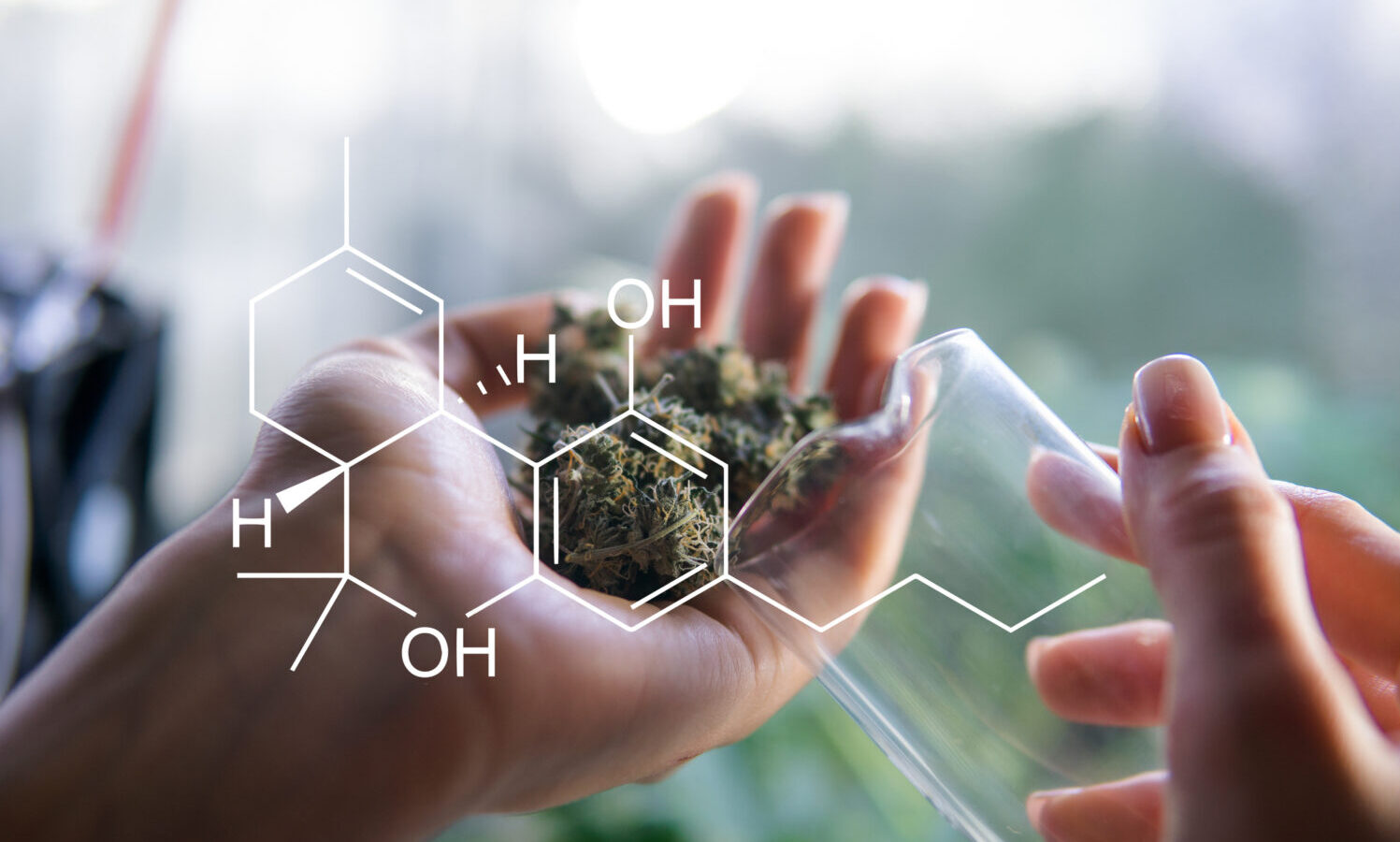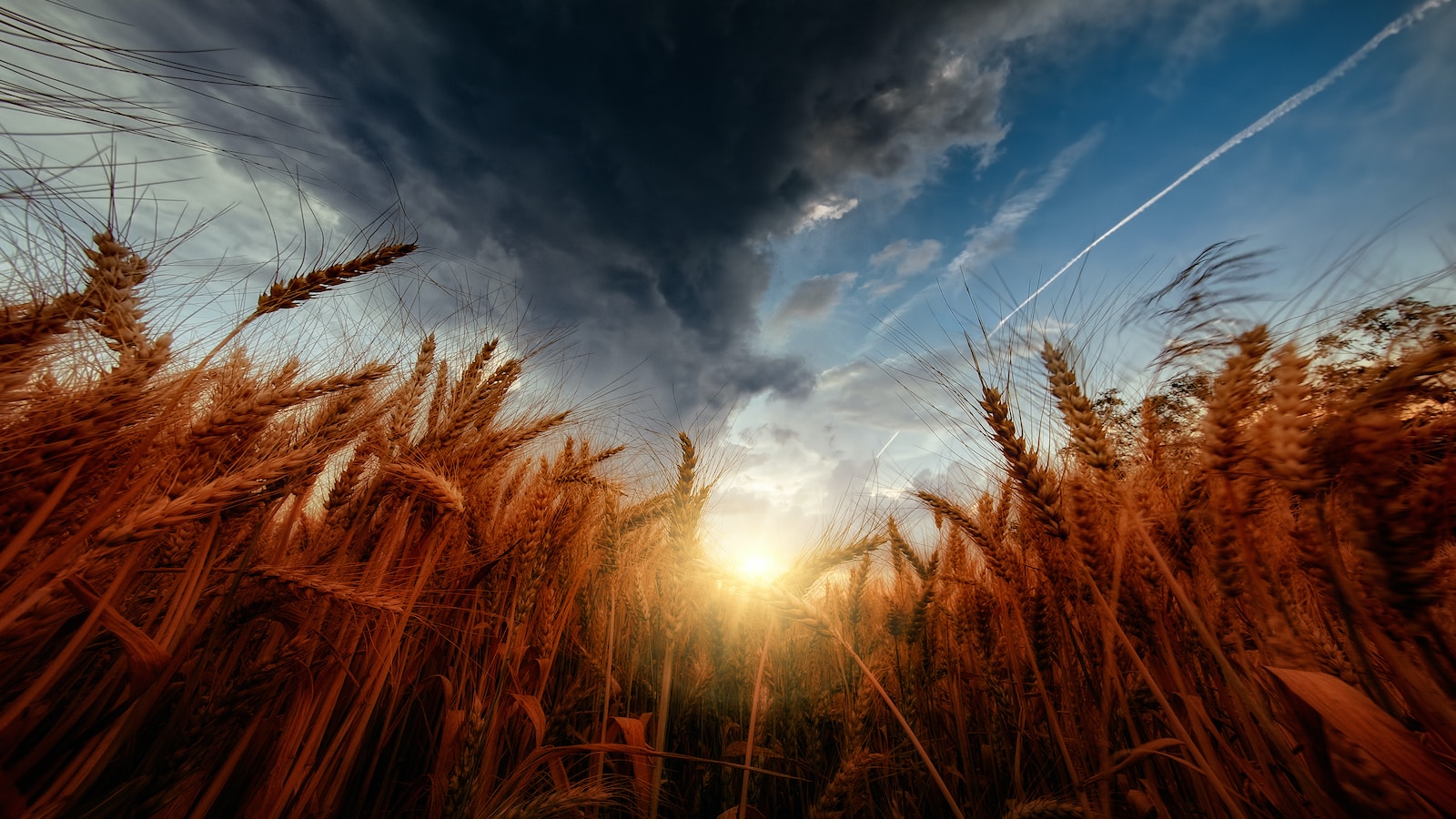The challenges of growing marijuana sustainably are real, and becoming increasingly challenging as powerful companies buy up growing operations.
Cannabis grew on its own, without the help of mankind or fossil fuels, for thousands of years. Just as the plant is generally eco-friendly, cannabis consumers are often environmentally savvy consumer. You can see glimpses of this in the often-recycled or zero-waste packaging some cannabis brands. But how to shrink marijuana carbon footprint while supporting a booming customer base?
Currently, the carbon footprint of cannabis high, and keeps growing as the industry continues to expand in states and in product sold. The answer to this question lies in the way marijuana is grown.

We asked Heather Dunbar, the Director of Marketing and Communications for the non-profit Sun+Earth Certified, some questions about the current state of marijuana’s carbon footprint, and what needs to change in order to make it smaller. Sun+Earth Certified growers, according to the organization’s website, are all holistically, responsibly and restoratively grown. In other words, the goal is to give back to the environment, rather than diminishing it..
We wanted to know how to curb, or even reverse the current issues with marijuana cultivation and its use of fossil fuels. But as marijuana continues to grow into a major player in business and industry, is it possible to change the tide and return to a climate conscious method of pot growing? Or is it destined to continue to morph into a major consumer of fossil fuels.
Use the Sun — It’s There and It’s Free
Perhaps the most fundamental reason for this major shift in fossil fuel energy use within cannabis farming is how each plant gets its light. Since the dawn of the plant, cannabis has relied on the sun to get its much needed rays of light. Now, however, outdoor cultivation occurs in a small minority of marijuana growing operations. “Nationally, 80% of cannabis is cultivated indoors with sophisticated lighting and environmental controls designed to maximize the plant’s yield,” according to Politico.
So instead of getting natural light, companies are using indoor farms to reduce the number of variables, which helps create a stronger yield of potent bud, but at a financial and environmental cost. This is why Sun+Earth Certified aims to use sunlight to feed to plants, rather than electricity. “These methods are good not only for the environment, but for the bank account too,” said Dunbar. “Regenerative methods use natural sunlight and avoid the high cost of expensive energy bills that come from using high-intensity lights.” After all, as important as environmental concerns are, knowing there is potential money savings is a great way to encourage change.
But it is not easy to sway the big growers who have built major indoor facilities that run like clockwork to churn out harvest after harvest of reliable buds. But this methodical consistency comes at a cost. “Large indoor grows require a massive amount of energy with high-intensity lights and HVAC systems that run 24/7, which has a major environmental impact and huge carbon footprint,” Dunbar said.

Use Environmentally Pesticides and Materials
Not only can unregulated and man-made pesticides be dangerous to our bodies, as we have previously reported, but these toxic pesticides are also bad for the environment. “Synthetic petroleum-based pesticides and fertilizers have a major negative impact,” said Dunbar. “By reducing, or ideally eliminating, the use of these products, one’s carbon footprint is drastically reduced.”
RELATED: Is Marijuana Messing With The Environment?
Fertilizers are also an area of opportunity for marijuana growers to reduce their footprint. Composting and creating one’s own fertilizer is not only cheaper, but it means you don’t need to purchase fertilizer that has traveled on a truck for hundreds or thousands of miles. Some of the fertilizers available for purchase might even have some damaging effects on the environment and climate change as well. As Dunbar explains, “Petrochemical pesticides and fertilizers not only disturb the soil biology negatively, but also use large quantities of fossil fuels.” This is why her company encourages making one’s own fertilizer. It helps save money, and the environment.
Small and Sustainable Farms Are a Great Way to Lower Carbon Footprint
Dunbar and Sun+Earth Certified work closely with many smaller growing operations, and it is these smaller operations where there is some hope for environmental stability. The concept is that these farms work together, as a collective. “Farmers share best practices, join collective forces, work together to bridge the gap from farmer to consumer, amplify the message of regenerative cannabis cultivation, and strengthen communities,” Dunbar said. She explains that the goal is that this low-waste, regenerative way of farming will spread to other growing operations who want to do the right thing but just don’t know how.
While this seems like a noble and optimistic plan, it is clear that there is a limited time to make these changes happen, especially as small cannabis farms continue to struggle. “The farmers who have been doing right for generations are having an incredibly hard time making ends meet. Currently there is no profit margin and some farmers are closing up shop,” Dunbar said.
RELATED: 4 Ways Cannabis Is Becoming A Greener Industry
Dunbar looks at her own state of California, where the power grids are already becoming very stressed and overwhelmed. “If large industrial grows continue to produce record amounts of cannabis using an enormous amount of energy, this will continue to strain the grid,” she said.
The challenges of growing marijuana sustainably are very real, and becoming increasingly challenging as powerful companies buy up growing operations. The industry using vast amounts of water and power. With federal legalization, outdoor grows will significantly reduce the carbon footprint.
Still, for such a vast carbon footprint problem, the solution is rather simple in the end. As Dunbar said, “It is time to grow it in a way that is aligned with nature and what makes sense for a sustainable and regenerative future: growing under the sun and in the soil.”


